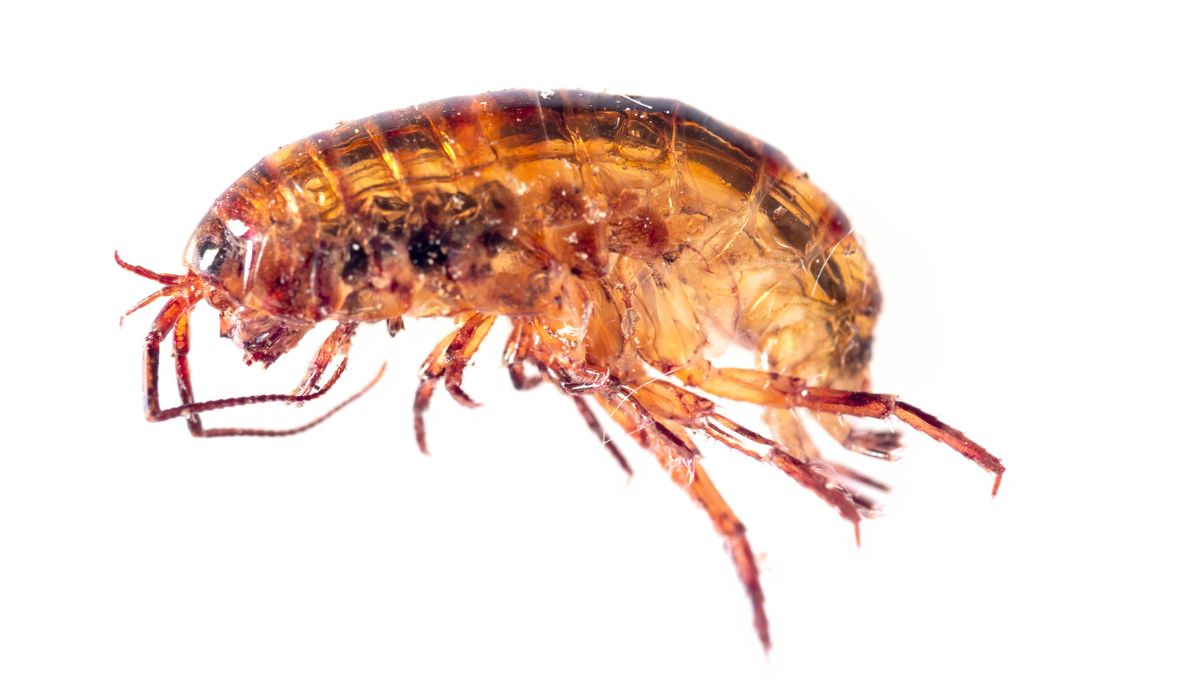What to Do About Lawn Shrimp in Florida
Lawn shrimp are tiny critters found in Florida, usually hiding in moist leaf piles.
Though they're harmless to your green space and don't bother humans or pets, seeing them suddenly can be a surprise. These shrimp pop up in droves after a storm, hinting your yard might be too wet.
Curious about why they visit and what it means for your lawn's health? Stick around for the scoop on these fascinating creatures and hot to keep your outdoor area in tip-top shape.
Key Takeaways
- Lawn shrimp are non-native crustaceans in Florida, thriving in moist environments and feeding on decaying organic matter.
- They are identifiable by their brown to reddish-brown color, about ¾ inch size, and two pairs of antennae, distinguishing them from similar pests.
- Heavy rainfall can lead to active lawn shrimp movements, often resulting in them entering homes in search of drier conditions.
- Preventing lawn shrimp involves environmental control, like avoiding overwatering, ensuring proper drainage, and removing excess mulch and leaf debris.
- Professional pest control services can provide tailored solutions when DIY methods fail to manage lawn shrimp.
Identifying Lawn Shrimp in Florida

Lawn shrimp, or terrestrial amphipods, are small crustaceans hailing from Australia.
They are non-native pests from California to Florida and Louisiana, often mistaken for insects after being spotted after heavy rainfall.
Physical Characteristics
Understanding the physical characteristics of these shrimp-like arthropods is essential in distinguishing them from similar pests like grass shrimp or prawns.
Here's what sets them apart:
Characteristics | Description |
Color | Brown to reddish-brown; can turn pinkish when deceased. |
Size | Generally about ¾ inch long. |
Antennae | They possess two pairs of antennae of differing lengths. |
Exoskeleton | Robust, laterally compressed |
Unlike true shrimp, their bodies are more akin to those of springtails, another type of invertebrate found in Florida.
Where Are Lawn Shrimp Found?
Knowledge of lawn shrimp behavior and preferred habitats helps you manage their presence effectively.
Lawn shrimp are often found in moist environments, not in freshwater settings. They thrive in well-watered lawns, under leaf litter, and in mulch.
They feed on decaying organic matter and are considered invertebrates, playing a role in decomposition.
During periods of heavy rain, the shrimp become more active and may even end up inside homes as they seek drier conditions.
Florida's climate provides a favorable environment for these crustaceans, which originated from the Pacific and are now found as far north as Canada.
Signs of Lawn Shrimp Infestations
Identifying a lawn shrimp infestation primarily involves recognizing their distinctive presence during certain conditions.
Particularly after heavy rainfall, focus on moist areas of your lawn to stay ahead of the game.
Signs | What to Look For |
Presence of Lawn Shrimp | Clusters of shrimp visible on the surface of the moist ground |
Use of Shelter | Lawn shrimp hiding in leaf litter and ground cover |
Soil Disturbance | Disturbed soil or small feeding marks on leaves |
Plant Stress | Unexplained plant stress or wilting |
Watering Issues | Overwatering and drainage problems |
Preference for Shade | High moisture retention in shaded areas |
Preventing Lawn Shrimp Infestations
While lawn shrimps may appear in large numbers, their presence can be managed with specific environmental tactics.
Environmental Control
To discourage lawn shrimp from residing in your area, you can modify your environment to be less conducive to these crustaceans.
Here's a practical checklist if you’re looking to keep your lawns shrimp-free based on the University of Florida Extension (UF/IFAS):
- Avoid overwatering your lawn to prevent standing water that lawn shrimp favor.
- Ensure proper drainage around your home, especially near foundations, garages, and driveways.
- Remove excessive mulch where lawn shrimps may thrive due to moisture retention.
- Use less water-retentive materials near moist areas, such as around swimming pools.
- Clear your property of leaves and debris that can trap moisture and create an inviting habitat for lawn shrimp.
- Inspect and maintain areas often overlooked, like side yards and under bushes.
Considering Professional Lawn Care?
When you think about maintaining your luscious green lawn, you often consider mowing and watering.
However, you may overlook the tiny guests that can make an appearance: lawn shrimp. Whether you’re in Gainesville or Miami, these little critters can sometimes become uninvited visitors to your yard.
Should these amphipods become a real bother, there's always the route of calling in lawn care and pest control experts (like us, Native Pest Management).
